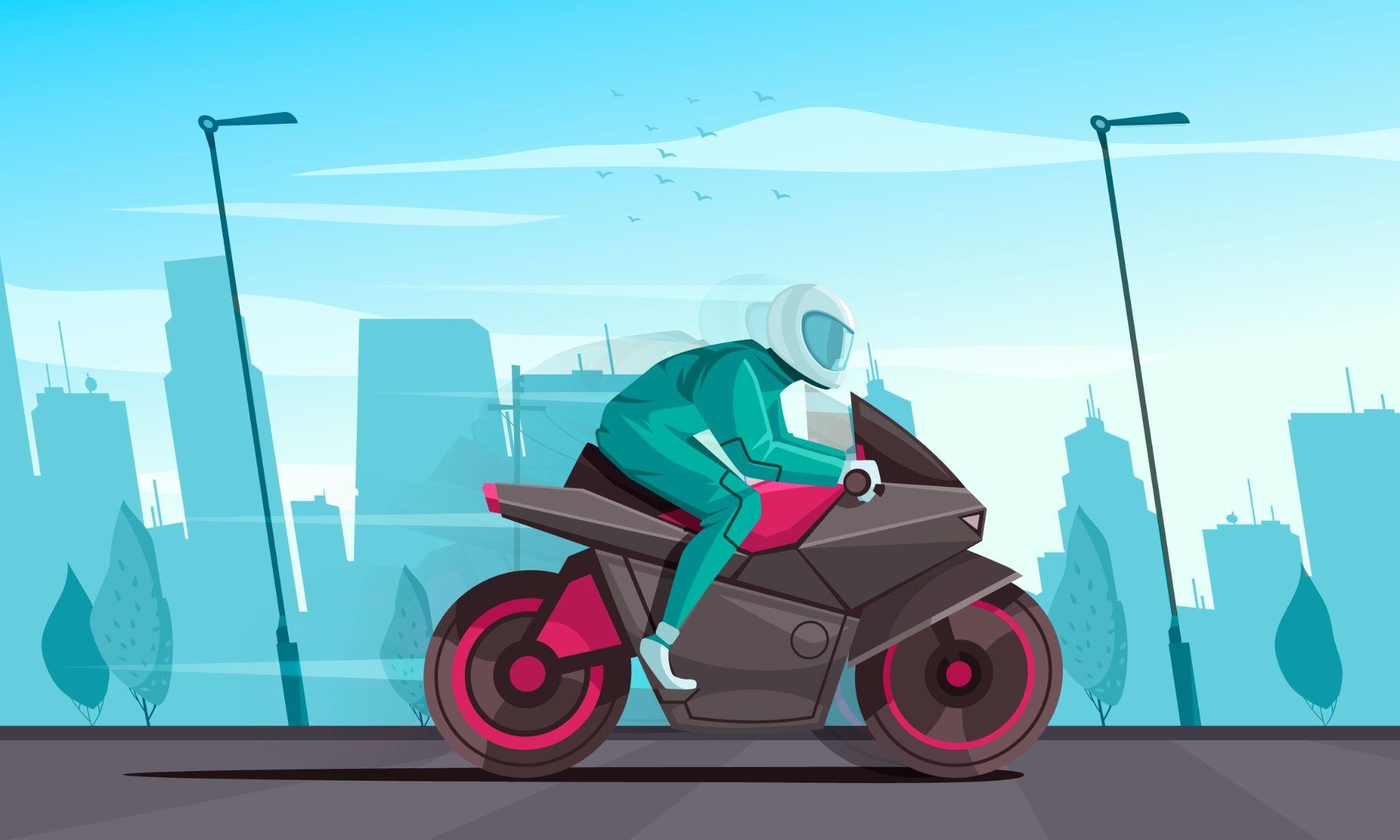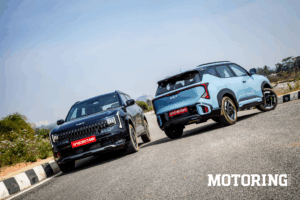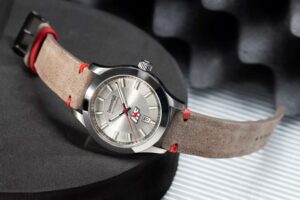Setting the right Insured Declared Value (IDV) for your two-wheeler might seem tricky at first, but it’s easier than it sounds. Whether you’re buying a new policy or going for a renewal, the
IDV plays a key role in deciding both your premium and claim amount. How do I get it right without overpaying or underinsuring? Here are some simple tips to help you make the right call.
What is IDV in Two-Wheeler Insurance and Why Does it Matter?
Before we get into the suggestions, it’s important to understand what IDV actually means.
IDV refers to the highest amount an insurer will pay if your two-wheeler is completely damaged beyond repair or stolen. It’s calculated based on the current market value of your two-wheeler after accounting for depreciation.
Why does IDV matter?
● Affects Your Premium
A higher IDV means a higher premium.
● Influences Your Claim Amount
If your IDV is too low, you may not receive sufficient compensation.
● Helps Ensure That You’re not Over-Insured or Under-Insured
It ensures your coverage matches your bike’s actual market value, preventing both excess premiums and insufficient compensation.
5 Smart Tips to Set the Right IDV for Your Two-Wheeler Insurance
After understanding what IDV is and why it plays a central role in your two-wheeler insurance policy, the next step is to learn how to buy it correctly.
How will these suggestions help you? Because IDV isn’t just a number, it’s a key factor that affects how well you’re covered and how much you pay. Many policyholders either let insurers set it automatically or tweak it based only on price without considering long-term value.
Here are five essential, easy-to-follow tips to help you choose the right IDV:
1. Understand the Depreciation Rate for Your Bike
Depreciation is an important factor in determining the IDV. Here’s a quick reference to standard depreciation rates for two-wheelers as per IRDAI guidelines:
| Age of Two-Wheeler | Depreciation (%) |
| Less than 6 months | 5% |
| 6 months to 1 year | 15% |
| 1 to 2 years | 20% |
| 2 to 3 years | 30% |
| 3 to 4 years | 40% |
| 4 to 5 years | 50% |
| More than 5 years | Decided mutually |
If your two-wheeler is older than five years, the IDV is mutually decided between you and the insurer based on factors like make, model, condition, and market trends.
2. Avoid Setting an Unrealistically Low IDV
While setting a lower IDV may reduce your premium, it also reduces your coverage. In the unfortunate event of theft or a serious mishap, you may end up receiving a smaller compensation than your bike’s actual worth.
Here’s why this matters:
- It reduces the claim settlement amount.
- It can result in insufficient funds for repairs or replacements.
- It may even cause your insurer to dispute your claim.
Instead, aim to choose an IDV that reflects your bike’s true market value.
3. Avoid Overstating the IDV
It’s equally important not to inflate your IDV. Setting a value higher than your bike’s actual worth will result in a higher premium, but not necessarily a higher claim payout.
Why? Because the insurer will only reimburse you based on the current market value. Even if you’ve declared a higher IDV, paying extra for the same claim limit doesn’t make sense.
Be honest and practical about the market value while selecting the IDV.
4. Consider Bike Make, Model, and Location
Your two-wheeler’s make and model play a vital role in its resale and market value, which in turn affects the IDV.
Other factors that influence IDV:
● Brand and Variant
For instance, a premium sports bike may hold value longer.
● Accessories
Factory-fitted add-ons may raise the IDV
● Location
Bikes in metro areas may have different valuations.
Use authorised valuation tools or talk to your dealer to understand your bike’s current market price.
5. Compare Policies Before You Renew
When you’re looking at bike insurance renewal online, taking the time to compare quotes can make it easier. Strike the right balance between what you pay and the IDV you choose.
Here’s what you can do:
- Use insurer portals and aggregator sites to compare IDVs offered.
- Verify if the insurer allows you to manually adjust the IDV.
- Evaluate the value-added services that some insurers offer, better support and claim service for a slightly higher IDV.
When selecting a bike insurance policy, it’s essential to look at how well the cover aligns with your bike’s real-time value. Insurers that offer flexibility in customising your IDV can make a significant difference in both premium and claim outcomes.
For instance, Digit Insurance offers features such as smartphone-enabled self-inspection, cashless repairs, and a claim settlement ratio of 96%. The ability to set your IDV during purchase or renewal gives you more control over your costs and claims.
This flexibility ensures that your insurance remains relevant to your bike’s age, usage, and value, offering protection that fits your needs rather than a one-size-fits-all approach.
When Should You Re-Evaluate Your Two-Wheeler’s IDV?
Setting the IDV isn’t just a one-time task; it requires ongoing maintenance and updates. The value of your two-wheeler changes over time, and so should your insurance coverage. Regularly reassessing the IDV ensures that your policy stays relevant to your vehicle’s current worth.
Here are some key moments when you should consider reviewing your IDV:
1. At Every Policy Renewal
Your bike’s value depreciates annually, so adjusting IDV at renewal is essential.
2. After Major Upgrades or Modifications
Added features or enhancements may increase your bike’s resale value and should be reflected in the IDV.
3. Before Selling Your Vehicle
Ensuring the correct IDV helps in case of a claim, just before the transfer of ownership.
4. When Switching Insurers
New insurers may offer different IDV ranges, so compare them before making a decision.
5. Post-Accident Repairs
If your bike has undergone major repairs, especially with genuine parts, consider revisiting its declared value.
Keeping your IDV updated at these points ensures fair protection and better claim outcomes. It also helps you stay in control of your premium without compromising coverage.
Choosing the right IDV for your two-wheeler is simpler than it seems. By paying attention to your bike’s current value and comparing your options during renewal, you can strike the right balance between coverage and cost.
It’s not just about keeping premiums low; it’s about making sure you’re properly protected every time you hit the road. A well-set IDV means peace of mind throughout your journey.















